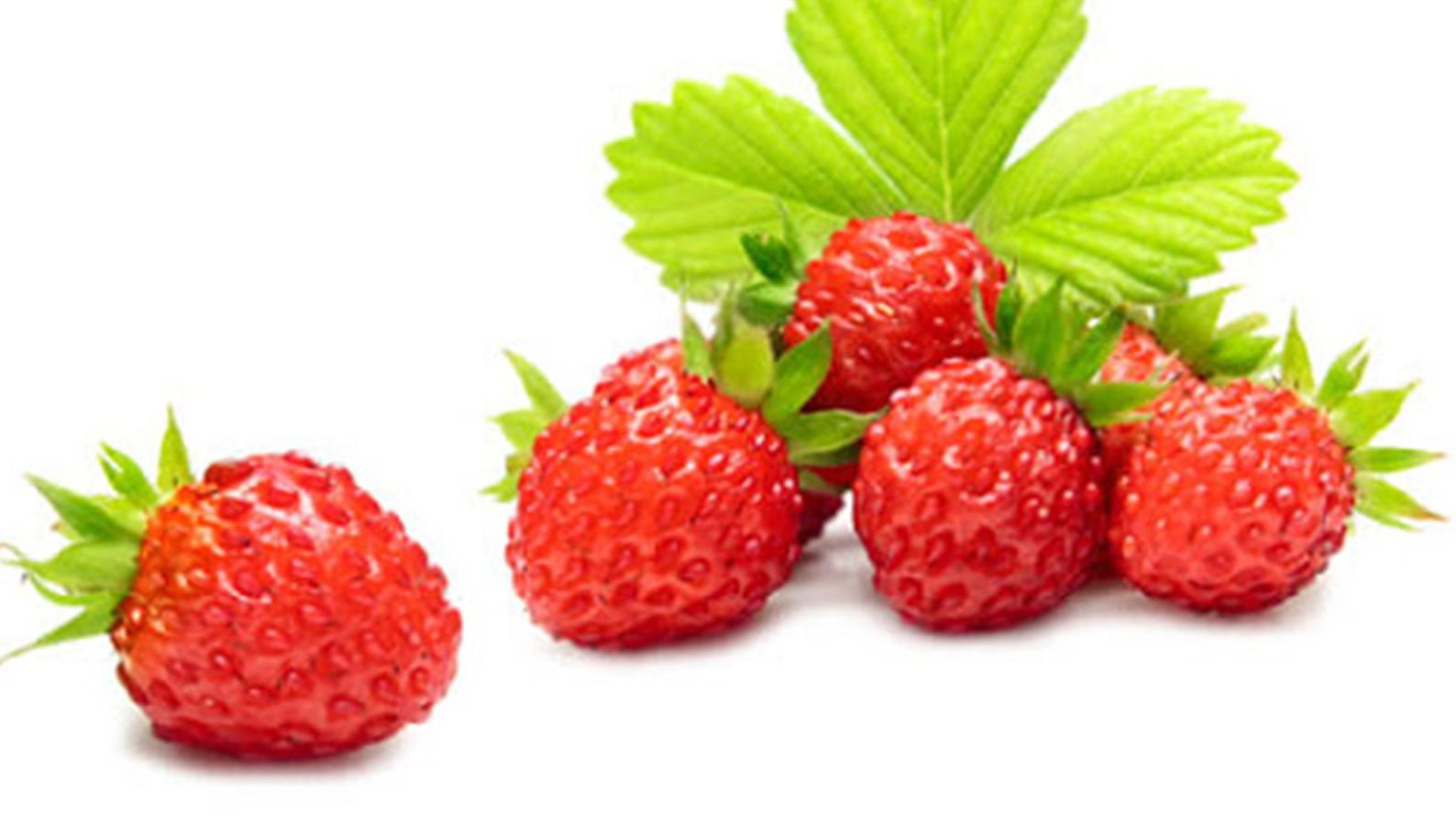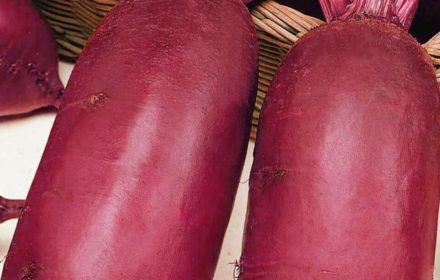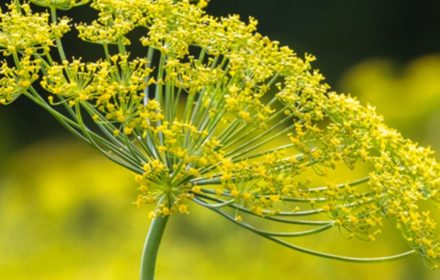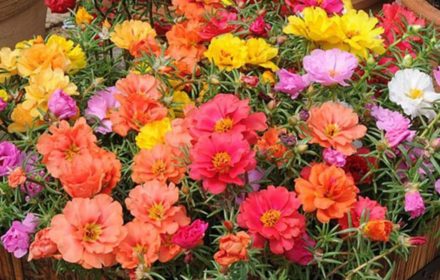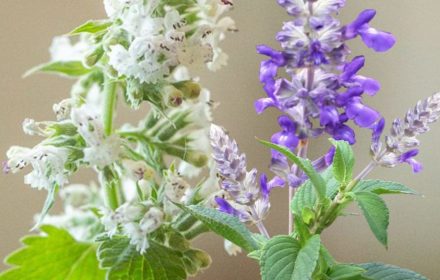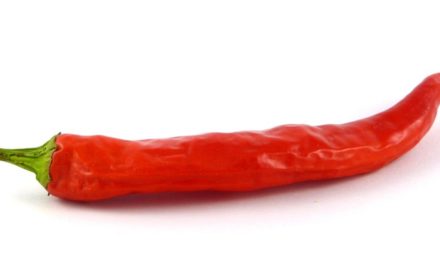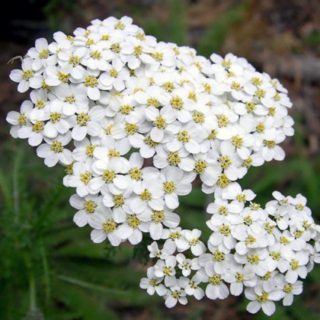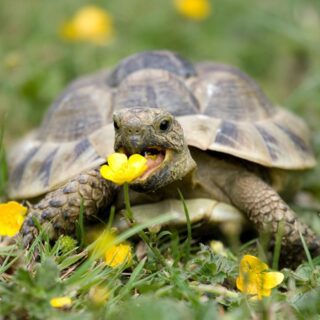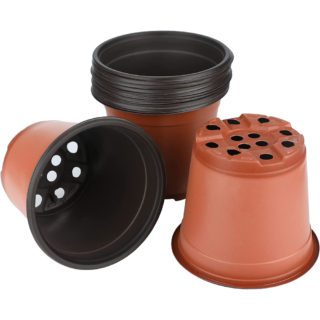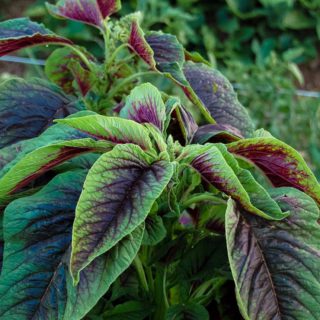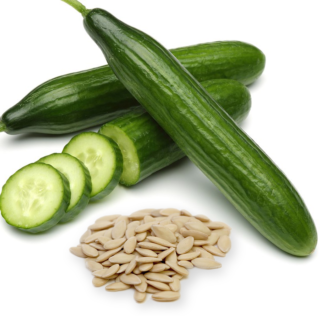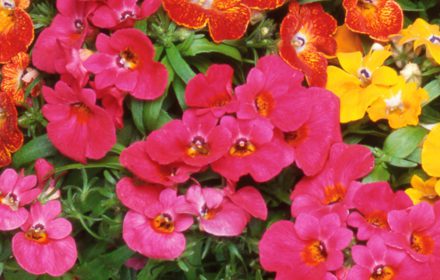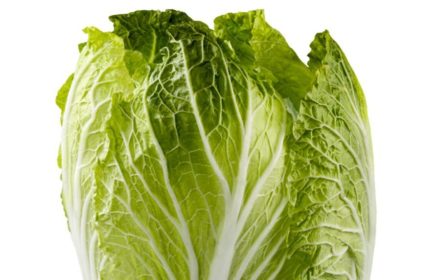How to Grow Mini Alpine Strawberry Plants from Seeds
Mini Alpine Strawberries (Fragaria vesca) are a compact and bushy variety originating from Germany. These plants produce an abundance of small, sweet, and aromatic red fruits, perfect for snacking or adding to desserts. The plants bloom with delicate white flowers and are capable of fruiting from early summer to late autumn, provided they are started early in the year. Mini Alpine Strawberries are versatile and can be grown in hanging baskets, pots, containers, or garden beds, making them an excellent choice for small spaces or patio gardening.
When and Where to Sow Mini Alpine Strawberry Seeds
- Indoor Sowing: Start seeds indoors from late winter to early spring (January to March) for the best results. Alpine strawberries benefit from an early start to maximise the growing season and ensure fruit production throughout the summer and autumn.
- Outdoor Sowing: You can also sow seeds directly outdoors from late spring (May) once the risk of frost has passed. However, indoor sowing is generally preferred as it allows for better control over the germination process and an earlier fruiting period.
Ideal Growing Conditions for Mini Alpine Strawberries
- Soil Requirements: Mini Alpine Strawberries thrive in well-drained, fertile soil. A loamy or sandy compost enriched with organic matter works best. If planting in containers, use a high-quality potting mix with good drainage.
- Sunlight: These strawberries require full sun to thrive, so choose a location that receives at least 6 hours of sunlight daily. However, they can also tolerate partial shade, especially in hotter climates.
- Temperature: Ideal germination temperatures are around 18°C (64°F). Alpine strawberries are hardy and can tolerate cooler conditions once established, but warmth is essential for successful germination.
How to Sow Mini Alpine Strawberry Seeds Indoors
- Cold Stratification (Optional): For improved germination rates, Alpine strawberry seeds benefit from cold stratification. Place the seeds in a sealed bag and keep them in the freezer for 2 weeks. After the cold treatment, allow the seeds to warm up to room temperature naturally before sowing.
- Sowing in Pots or Trays: Fill seed trays or small pots with a well-drained, fine seed compost. Sow the seeds on the surface of the compost and lightly press them in. Cover with a very fine layer of compost or vermiculite, as the seeds need some light to germinate.
- Germination Conditions: Place the trays or pots in a bright, warm location with temperatures around 18°C. Keep the compost consistently moist but not waterlogged. Germination can take between 3 to 4 weeks.
- Thinning and Transplanting: Once the seedlings have developed their second set of true leaves, thin them out to a spacing of about 10 cm (4 inches) apart. Seedlings can be transplanted into larger pots or garden beds when they are sturdy enough to handle.
How to Sow Mini Alpine Strawberry Seeds Outdoors
- Preparing the Soil: Choose a sunny, well-drained spot in your garden. Alpine strawberries grow best in fertile soil that has been enriched with compost or well-rotted manure. Avoid planting in areas where potatoes, tomatoes, peppers, aubergines, or raspberries have been grown recently, as these crops may leave soil-borne diseases that can affect strawberries.
- Sowing Depth and Spacing: Sow the seeds directly on the surface of the soil and press them in gently. Cover with a very light layer of soil or compost. Space the seeds approximately 10 cm (4 inches) apart to allow room for the plants to spread.
- Watering: Keep the soil consistently moist during germination but avoid overwatering. Once the seedlings emerge, thin them as needed to ensure proper airflow and growth.
- Transplanting Outdoors: Once the seedlings reach a height of about 5 cm (2 inches) and are strong enough, they can be transplanted to their final location in garden beds, pots, or hanging baskets.
Caring for Mini Alpine Strawberry Plants
- Watering: Water regularly to keep the soil consistently moist but not waterlogged. Alpine strawberries do not like to dry out, especially during the fruiting period.
- Feeding: Feed the plants with a balanced fertiliser once they are established to promote healthy growth and fruiting. For container-grown strawberries, a liquid feed every few weeks will help support continuous fruit production.
- Mulching: Apply mulch around the base of the plants to help retain moisture and prevent weeds. Straw or bark mulch is ideal and will also keep the fruits clean as they develop.
- Pruning: Remove any dead or damaged leaves to encourage air circulation and prevent disease. After the fruiting season, cut back any old foliage to encourage fresh growth.
Harvesting Mini Alpine Strawberries
- Harvest Time: Mini Alpine Strawberries begin to produce fruit from early summer (June) through to late autumn (October). The fruits are ready to harvest when they are fully red and easily detach from the plant.
- Frequent Harvesting: Pick the strawberries regularly to encourage continuous fruit production. Alpine strawberries will continue to flower and fruit as long as the plants are healthy and well-maintained.
Using Mini Alpine Strawberries
- In the Kitchen: Mini Alpine Strawberries are delicious eaten fresh, added to salads, or used in desserts like cakes and tarts. Their small size and sweet flavour make them perfect for snacking straight from the garden.
- Preservation: If you have an abundance of fruit, Alpine strawberries can also be used to make jams, jellies, or syrups. Their fragrant aroma makes them a delightful addition to any preserve.
Common Issues and Tips for Growing Mini Alpine Strawberries
- Pests: Watch out for slugs, snails, and birds, which are attracted to the sweet fruits. Use organic slug pellets or bird netting to protect your plants.
- Diseases: Avoid planting strawberries in soil that has previously grown nightshade crops like tomatoes or potatoes, as these plants can leave diseases in the soil that affect strawberries. Rotate crops yearly to minimise disease risks.
- Cold Weather: While Alpine strawberries are hardy, young seedlings may benefit from some protection in cold weather. A cloche or fleece can help protect the plants from frost.
Common Questions About Growing Mini Alpine Strawberries
- How long do Alpine strawberries take to grow from seed? Alpine strawberries typically take 3-4 weeks to germinate and around 3 months to reach maturity and begin fruiting, depending on growing conditions.
- Can I grow Alpine strawberries in containers? Yes, Alpine strawberries grow very well in containers, pots, hanging baskets, or window boxes, making them ideal for small spaces and patios.
- Do Alpine strawberries produce fruit in their first year? Yes, if started early enough in the year, Alpine strawberries can produce fruit in their first growing season.
By following these steps, you can enjoy a bountiful harvest of sweet, aromatic Mini Alpine Strawberries from your garden. Whether grown indoors or outdoors, these versatile plants are a delightful addition to any space.

